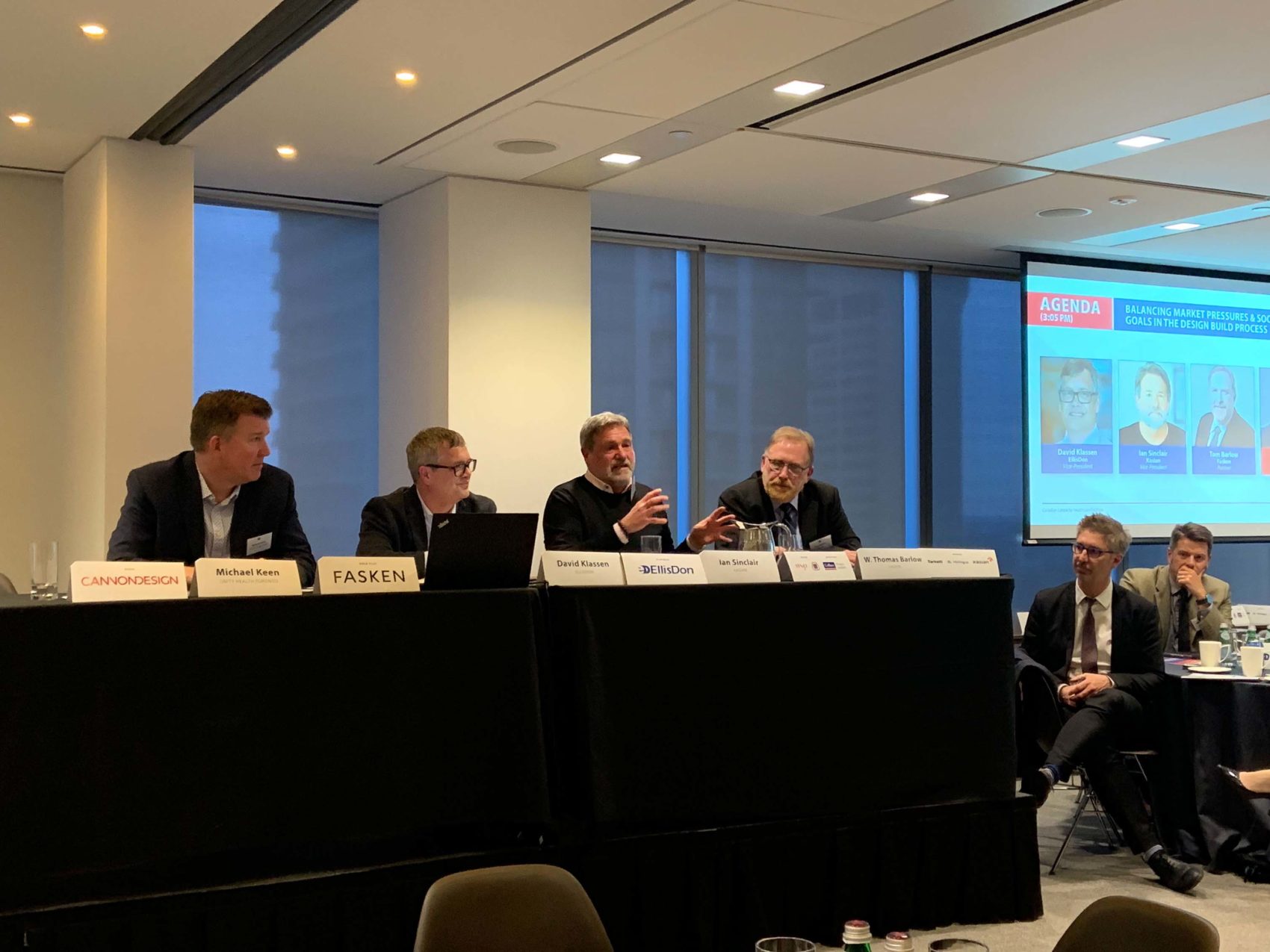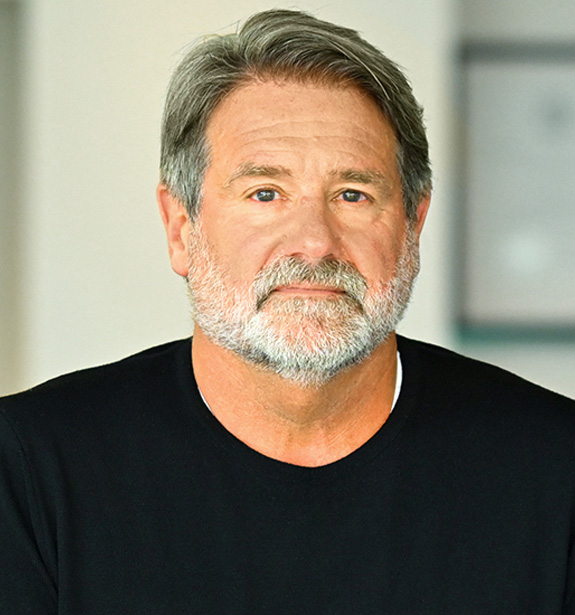ARTICLE
VP of Healthcare, Ian Sinclair, reflects on the recent CCHF conference in Toronto
Last week, I was a part of another great Canadian Centre for Healthcare Facilities (CCHF) conference event at Fasken’s Offices in Toronto. Well done to my fellow panelists, Mike Keen from Unity Health, David Klassen from Ellis Don, and Tom Barlow from Fasken for their thought-provoking insights on some of the current challenges we face in the Ontario healthcare market.
For clients, consultants, and contractors, the market today is volatile and unpredictable. As summarized succinctly by David Klassen of Ellis Don: “World events, labour shortages, inflation, and supply chain issues are creating a huge amount of disruption in healthcare provision. These forces are aligning today to create a perfect storm that greatly impacts project costs, and hence affordability.”
The market is what it is, so all parties, contractors, owners, and consultants, need to focus on the variables we can control.
Re-framing how we approach ‘the need’ in long term care
Eighty per cent of the deaths during the first wave of Covid happened in long-term care (LTC) homes. However, for the past 3 years, LTC project approvals continue to be based on pre-Covid design standards set in 2015. Tweaking these standards in response to Covid was short-sighted, and we now know that a complete re-think of how these homes are funded, staffed, and designed is prudent. The bigger challenge, in my view, relates to how we define the problem or the need. We must stop defining the need in terms of a solution. That is, if we continue to say there is a need for more LTC beds, then the only alternative will be “more LTC beds.” If, however, we define the need as ”the provision of safe, dignified quality care for our elderly in the most homelike setting possible,” then we open the door to many alternatives.
For example:
-more investment in home care and community care services so that as many elderly as possible can remain in their own homes for as long as possible
-compensate family members who wish to take on the care for their loved ones given that they must often leave paying jobs to do this work that should otherwise be provided by government employees
-develop home-based paramedical services for seniors on a roster.
Constructing more LTC homes is only one of several alternative solutions to meeting the real need in long-term care, we should be exploring all of our options.
Decarbonizing and making sustainable investments
Sustainable design targets and philosophies vary dramatically by provincial jurisdiction across Canada. Some provinces, like B.C., have legislated that all healthcare projects be designed to meet LEED Gold certification, while other provinces loosely target LEED Silver or leave it up to individual health authorities. These targets are too low! As Greta Thunberg said, “Our house is burning!”. We know that construction and building operations contribute approximately 40 per cent of global CO2 emissions and we know that hospitals are large energy consumers. If hospitals are truly in the business of health and wellness, then I believe they need to step up as stewards of their communities and set the bar higher to protect our environment – we can no longer afford to wait for the government to set the bar for us. If we don’t act now with the courage and conviction to address the climate crisis, things are only going to get worse, resulting in environmental impacts on the health of our population overrunning our facilities even further.
Money, I would argue, is not the issue. This is about political will and social responsibility. In addition to more energy-efficient hospital design and sustainable operating practices, hospital boards must target Zero Carbon for all new facilities and avoid fossil fuels altogether.
Engaging with Indigenous Peoples
My perspective is that any healthcare project that serves Indigenous populations must be approached first and foremost, as an authentic, intentional act of reconciliation. It is not a market to be exploited and it is not about ‘indigenizing” the buildings. If colonization was about eliminating culture, then Indigenous projects must be about understanding, embracing, and embodying Indigenous culture and values into the design. It is a tangible, intentional act toward reconciliation. This starts by listening to their stories and developing trust. We have a long way to go and a lot to learn from Indigenous Peoples.
All of these issues are part of the changing market landscape in healthcare design and procurement processes that require bold, courageous leadership to heal the wrongs of the past and to secure a sustainable, dignified future for us all.
Read more about our healthcare expertise.
Read Next

Article
Article
Healthcare design and the power of empathy
By: Ian Sinclair
Announcement
Announcing our Affiliate Membership to the Centre for Health Design
By: Ian Sinclair , Mauro Di Carlo
We’d love to get to know you
Get in touch
"*" indicates required fields
Get in touch
Share




